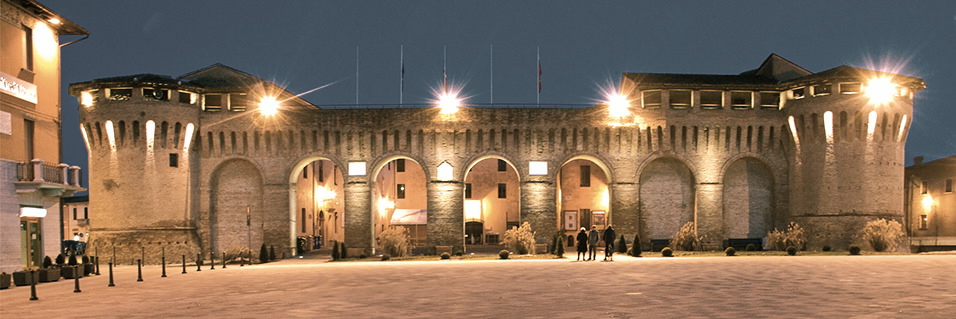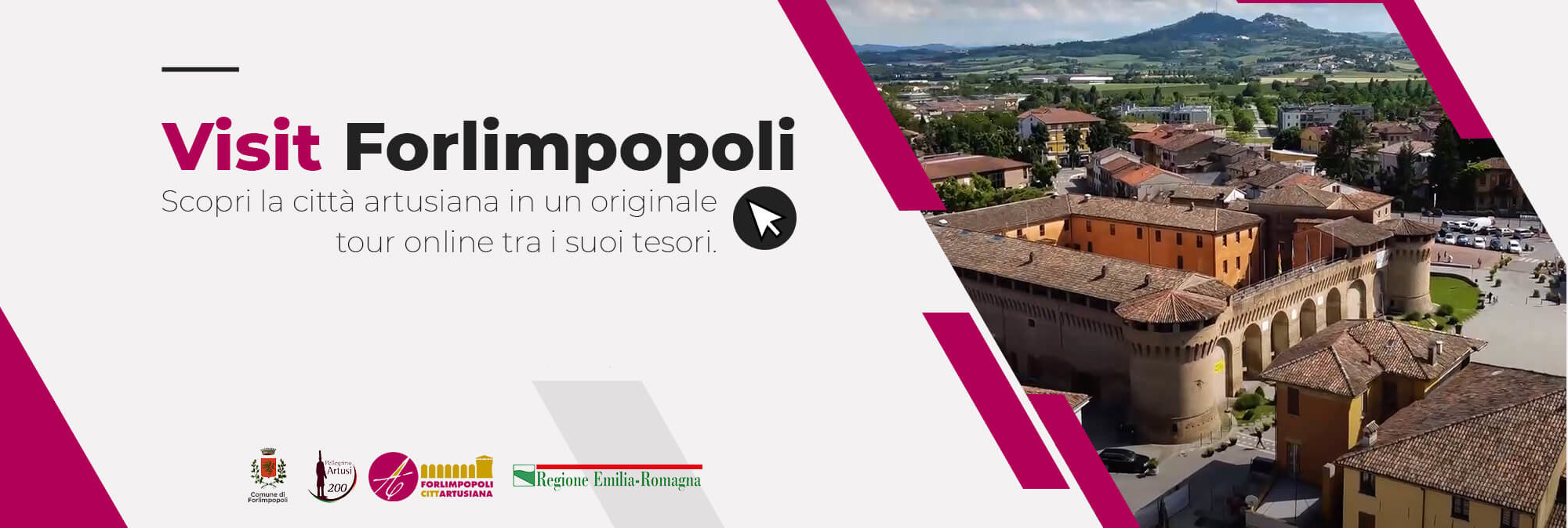
The Rocca: from the Salvaterra fortress to the present day
When the town returned under the direct control of Pope Julius II in 1505, the fortress was first ceded to the noble Rangoni family from Modena and then to the Zampeschi, who turned it into a princely residence. Having permanently been stripped of its military function, it finally passed to the Florentine Capponi family. The building’s slow decline began in the early 17th century and with the arrival of the French in Romagna in 1797, the complex was requisitioned and handed to the new municipality of Forlimpopoli. Between the 1970s and 1990s the fortress underwent extensive restoration and renovation work that resulted in some extremely interesting archaeological finds. Today, the Rocca is the seat of the town hall of Forlimpopoli, its Archaeological Museum, a multipurpose cultural centre and Giuseppe Verdi cinema and theatre.
SB


